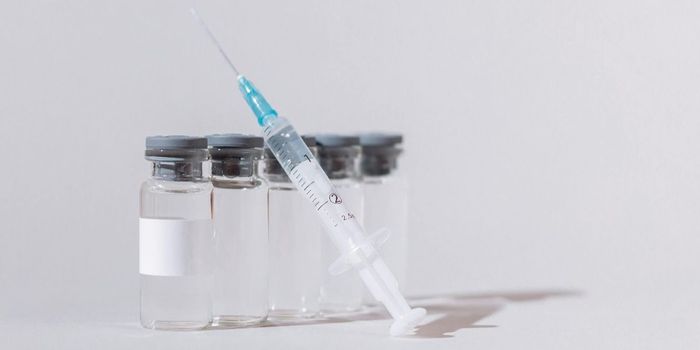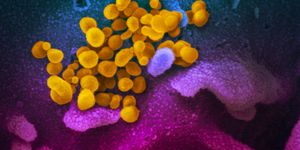DNA Origami Helps With Cancer Therapeutics
A study published in the Proceedings of the National Academy of Sciences, describes how researchers designed molecules known as "peptoid-coated DNA origami" that can protect 3-D DNA nanostructures from degradation under a variety of chemical relevant conditions. The research indicates that the designed molecules can hold the potential to deliver drugs for cancer therapy.

"One of the limiting factors in applying the structure and shape benefits of DNA origami to nanomedicine is that, placed inside the human body, the DNA nanostructure would easily be digested by enzymes or degraded in response to changes in solution composition or pH level," explained first author Shih-Ting (Christine) Wang, a postdoc in the Soft and Bio Nanomaterials Group of the Center for Functional Nanomaterials (CFN) at the U.S. Department of Energy's (DOE) Brookhaven National Laboratory. "In this research, we synthesized biocompatible molecules called peptoids with a well-defined molecular sequence composition and length. We coated octahedral-shaped DNA origami -- which has high mechanical stability and a large open space for carrying nanoscale cargo such as small-molecule anti-cancer drugs -- with these peptoids. Our demonstrations showed that the peptoid coatings efficiently protected the DNA origami in various physiological conditions and supported the addition of different chemical functionalities for biomedical applications."
Peptiods are like peptides—except they are attached to nitrogen instead of carbon. This makes peptiods more flexible—like a ‘DNA origami’ because of their lack of hydrogen bonds.
Learn more about the structure of DNA:
"Our goal was to make a minimalistic coating that would not add bulk to the origami but at the same time be efficient enough to offer protection, solubility, and compatibility with different biofunctions," said corresponding author Oleg Gang, leader of the CFN Soft and Bio Nanomaterials Group and a professor of chemical engineering and of applied physics and materials science at Columbia Engineering. "If the coated origami becomes bulky, its shape and how it interacts with and accommodates other biomolecules and origami would be affected, introducing a variety of complications."
Source: Science Daily









